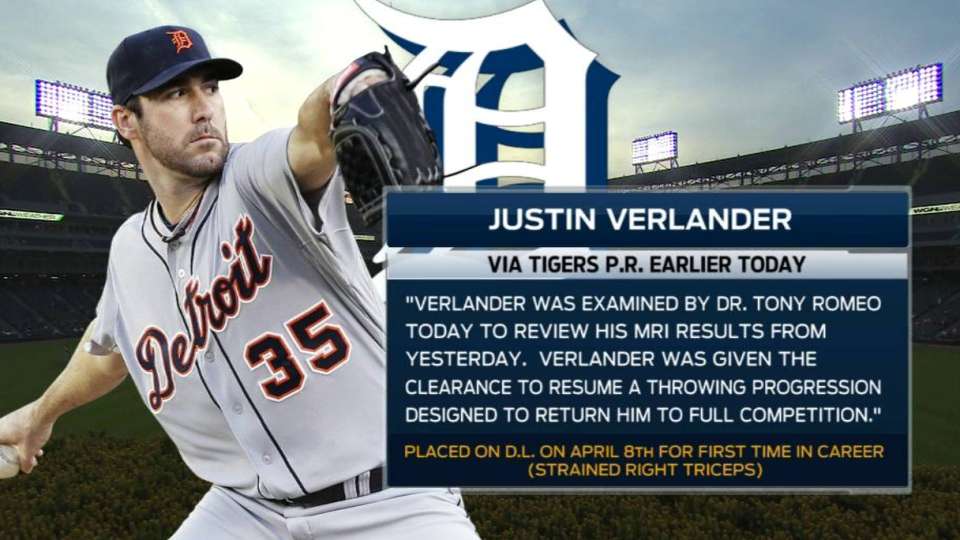“In the air, left field, and Pujols has given St. Louis the lead.” These words haunt many Astros fans, at least those who witnessed the 2005 season.
Chris Carpenter pitching during Game 1
For context, the St. Louis Cardinals were in Houston facing the Astros in the NLCS for the second year in a row. In this case, however, they were trailing the Astros and were on the brink of elimination in Game 5 trailing 3 games to 1. Albert Pujols was posting a .330/.430/.609 line that particular MVP winning season, Chris Carpenter would win the National League Cy Young award, and Roger Clemens got terrible run support. Clemens, Andy Pettitte and Roy Oswalt made up the core of the Astros rotation while the lineup had a mix of young and old, from Craig Biggio to Lance Berkman.
With Pettitte on the mound (shown from NLDS), the Astros felt good about their chances of heading to their first World Series. The Cardinals scored two off Pettitte in the bottom of the third, with David Eckstein and Jim Edmonds scoring on a Mark Grudzielanek single. Pettitte managed to escape without further damage, eventually going 6.1 innings and yielding to Chad Qualls. Pettitte only got 1 run of support from Craig Biggio singling in [current Angels manager] Brad Ausmus in the bottom of the second.
In the bottom of the 7th inning, Carpenter came out to face the Astros lineup. After coaxing a ground ball to shortstop for the first out, Craig Biggio reached on an error, and a Chris Burke single put runners on the corners with 1 out. Lance Berkman ripped a line drive home run to left, and the Astros took the lead 4-2. Carpenter eventually finished the inning, getting Mike Lamb to fly out to Jim Edmonds on his 119th pitch. After a combination of Mike Gallo and Dan Wheeler managed to get Larry Walker, Mark Grudzielanek and Yadier Molina to get out, Jason Isringhausen retired Jason Lane, Ausmus and Adam Everett in the bottom of the inning. Brad Lidge came out the bullpen ready to send the Astros to the World Series.
Lidge took 4 and 5 pitches to strikeout John Rodriguez and John Mabry, respectively, bringing the Cardinals to their final out. Lidge got 2 strikes on batter David Eckstein, and the crowd in Houston was on their feet ready for the World Series. Eckstein managed to poke a ground ball through the hole into left field. Eckstein then managed to take second base, which would be irrelevant anyways as Jim Edmonds walked on 5 pitches. This brought Albert Pujols to the plate, with 2 outs and an increasingly nervous Houston crowd. Remember, no team had ever blew a chance at winning a series when they had 2 strikes and 2 outs on the batter in the other team’s final chance and they rallied for multiple hits (besides the 1986 Red Sox).
Lidge managed to get a first pitch strike on Pujols. Brad Ausmus called for a slider, hoping that Pujols would bite. Although it was a high leverage situation, Lidge would certainly settle for a mere walk or single by Pujols. Lidge delivered his pitch and got Pujols to swing...at the slider that he hung over the middle of the plate. That he rocketed into left, above the train tracks. His absolute moonshot silenced the Houston crowd, with Pujols remarking that he could hear his footsteps as he circled the bases. Lidge eventually managed to strike out the side, getting Reggie Sanders to swing and miss.
The pressure was now on Isringhausen to hold the lead. After getting Willy Tavares and Jose Vizcaino to ground out to Pujols, he got Chris Burke to fly out to right field, forcing a Game 6 (that the Astros would win on a wonderful performance by Roy Oswalt).
So although in the end it only delayed the inevitable, the game was amazing.
May your pennants fly forever.
-Prentiss


